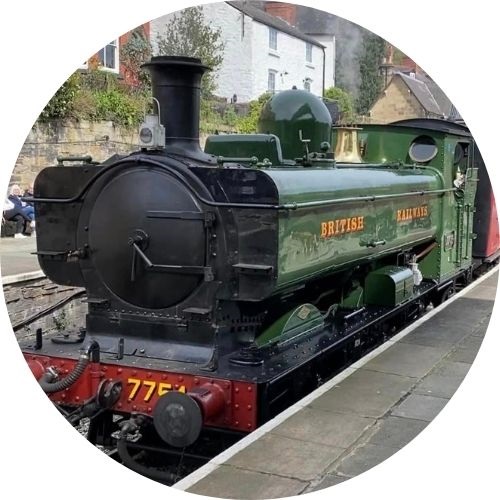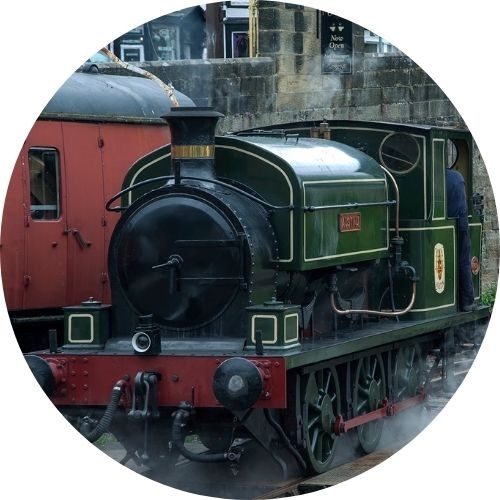Photo – Rich Smith
GWR Pannier Tank 7754

Kitson 5459 – Austin 1

GWR Heavy Freight 3802

GWR Prairie Tank 5532

GWR Hall 5967
‘Bickmarsh Hall’

Photo – Rich Smith
GWR Pannier Tank 7754
Kitson 5459 – Austin 1
GWR Heavy Freight 3802
GWR Prairie Tank 5532
GWR Hall 5967
‘Bickmarsh Hall’